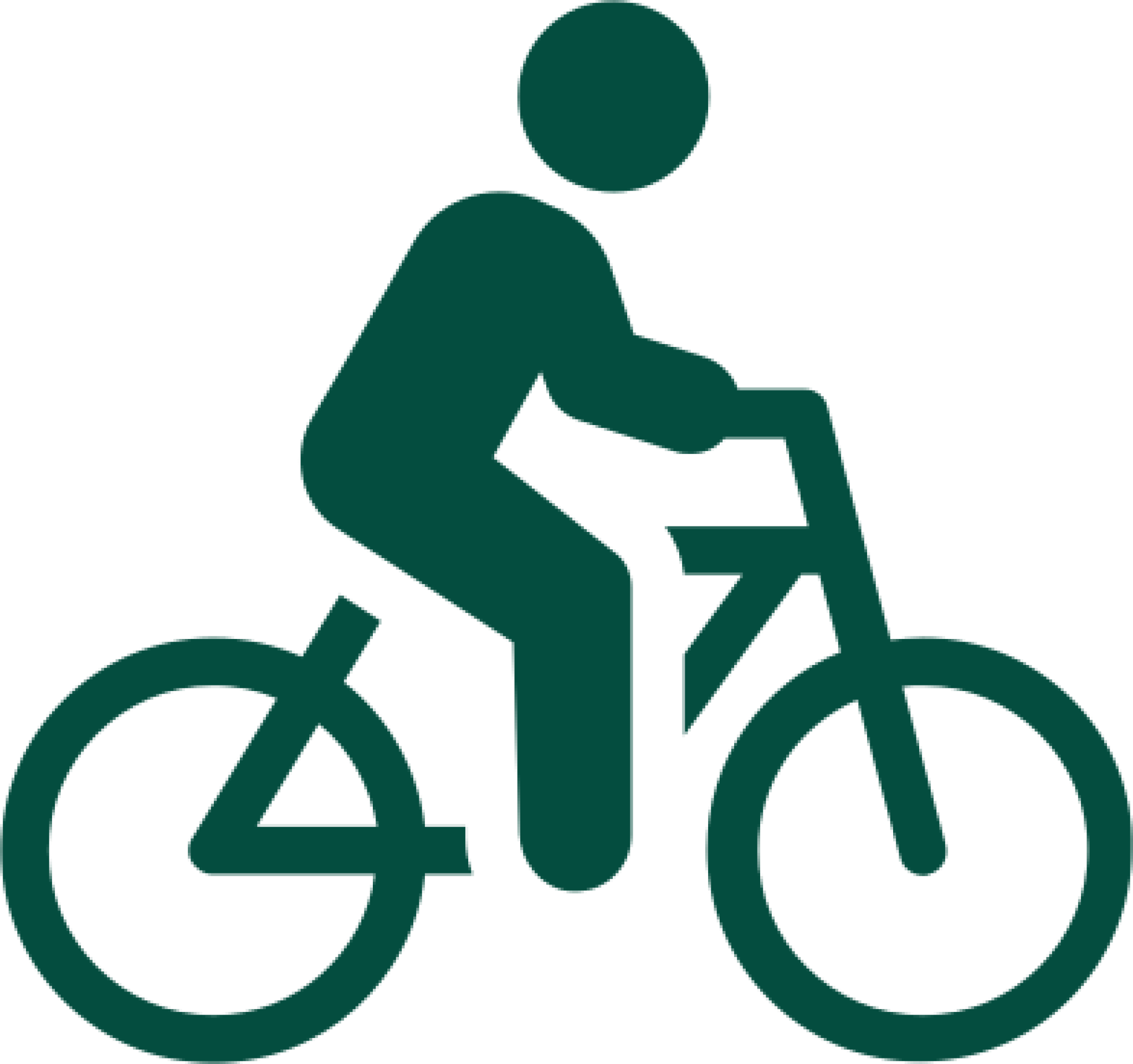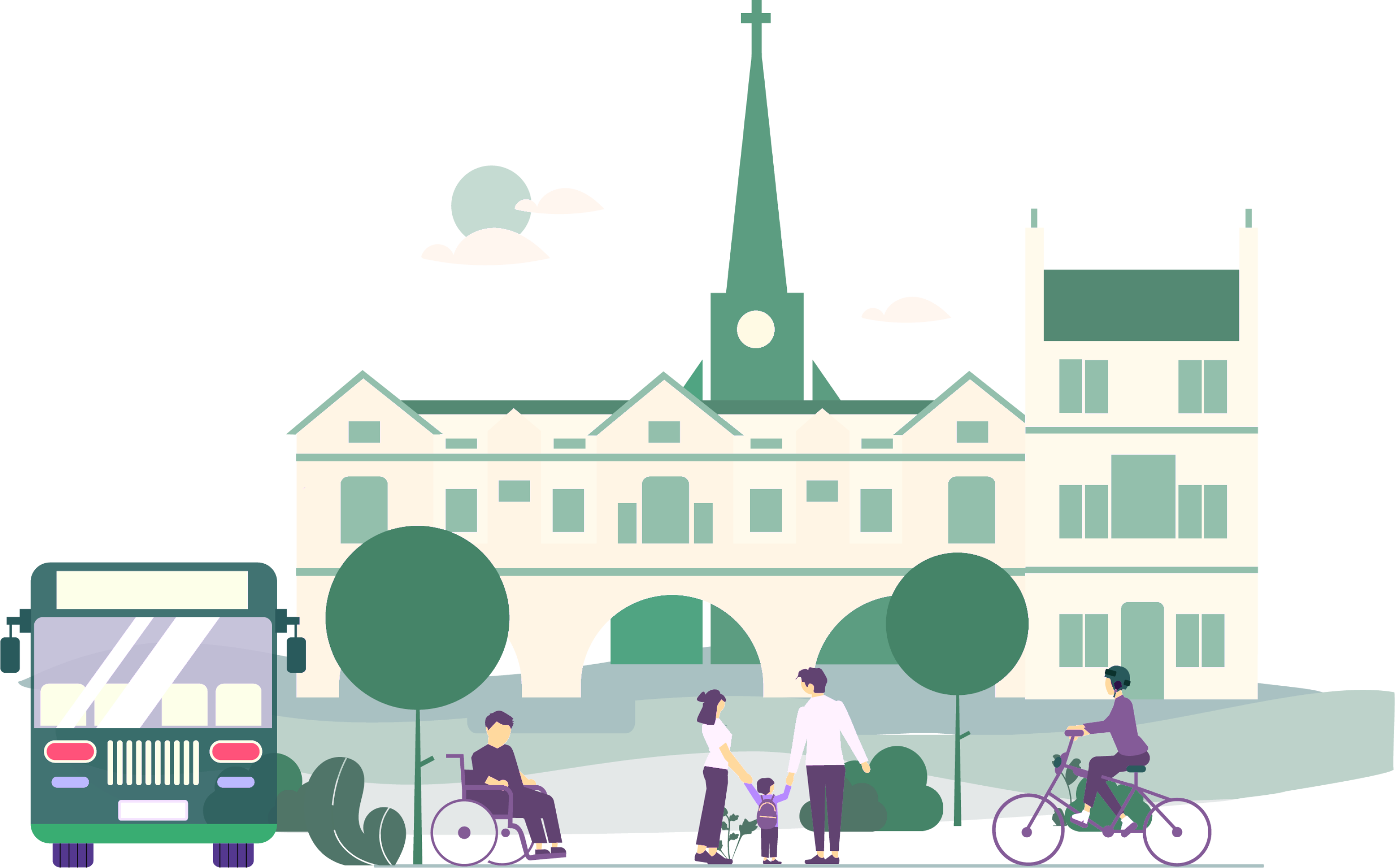Consultation closed on 2 January 2024
Transport is the number one offender when it comes to emissions – and our cities and towns are getting more and more clogged up with traffic. That’s bad for the planet, the local environment and for us.
Cars will continue to be vital for some journeys - particularly for people with mobility issues – but we can’t all continue to use our cars in the same way we’ve been using them for the last 50 years. Increasingly electric vehicles will help tackle the environmental issues, but this still leaves the problem we face now of growing congestion and road safety.
To cut the jams and reduce pollution, we need to take a hard look at how we move around - travelling less by car and more by bike, by bus or walking for shorter everyday journeys.
Plus there’s the added benefit for your health if you leave the car behind and get more active.
Building better infrastructure can help – segregated cycle lanes can make it safer to get around; dedicated bus lanes mean buses are more likely to turn up on time and journeys will be quicker.
But it’s not that simple – there isn’t enough room on all our roads to separate traffic from buses and cyclists. Lots of our road space is given over to parking. We face big choices about how to share and who gets priority.
We’re sharing two proposals for Bath city centre which aim to give better options to choose to travel sustainably – especially cycling and using the bus but also walking and if you use a wheelchair or mobility scooter, wheeling.
If all these changes went ahead, this would:

Improve cycling through the city centre - for all ages and abilities

Tackle the biggest cause of delays for buses in Bath

Help protect the Bath World Heritage Site by reducing traffic in some parts of the city centre
But there are trade-offs and compromises to make. Some car journeys through the city centre would be less direct, and a small number (up to a maximum of eight) car parking spaces may need to be removed.



